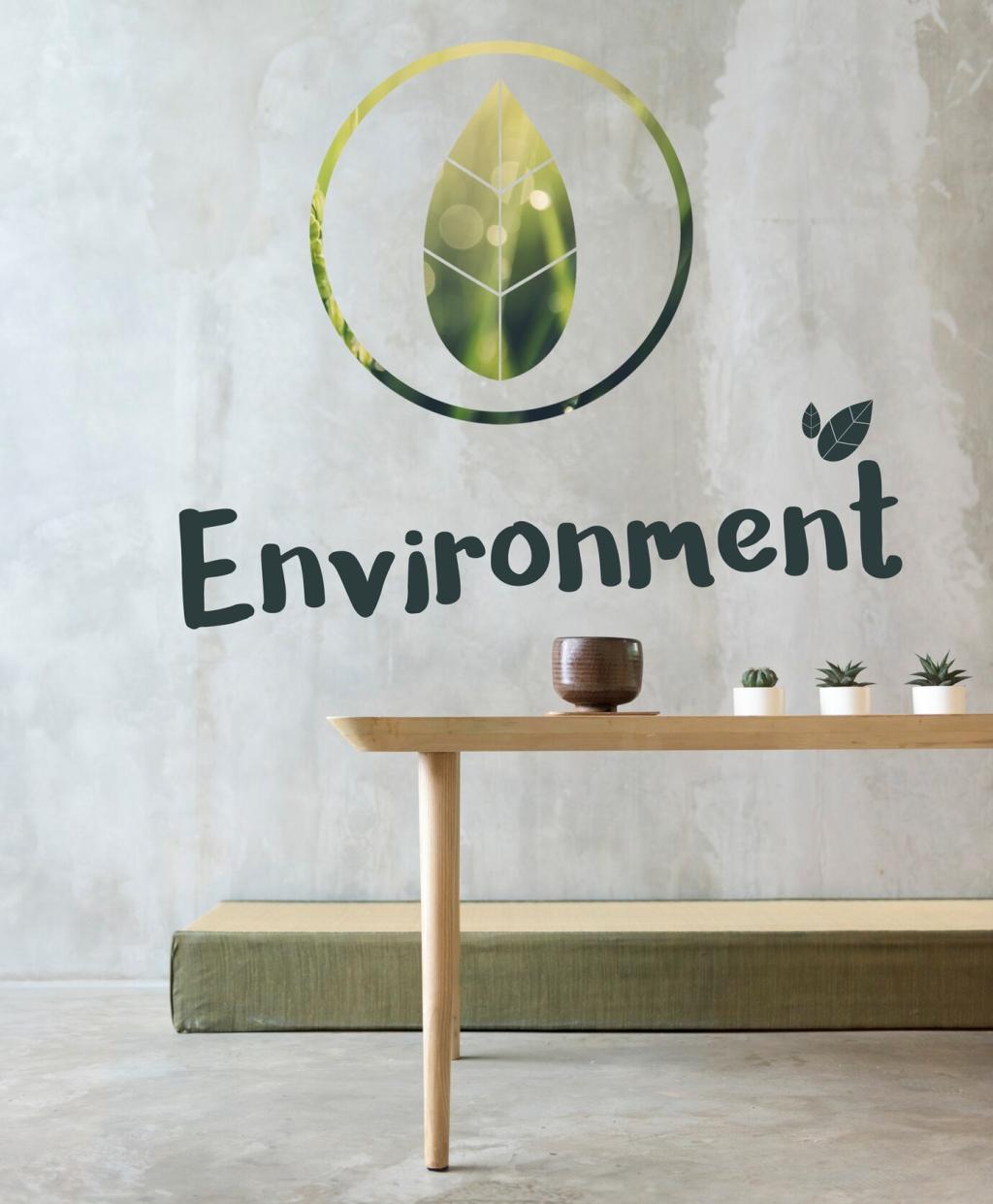Local, Circular, and Ethical Sourcing
Furniture is heavy, and long-distance shipping adds emissions and packaging waste. Local studios often offer custom sizing, transparent materials, and repair services. Visiting a workshop lets you feel finishes, ask tough questions, and build relationships that last as long as the furniture itself.
Local, Circular, and Ethical Sourcing
Ethical sourcing includes fair wages, safe conditions, and respect for craft. Request details about factories, subcontractors, and worker protections. Responsible brands share their audit frameworks and improvement plans, giving you confidence that your purchase reflects values beyond the marketing page.



